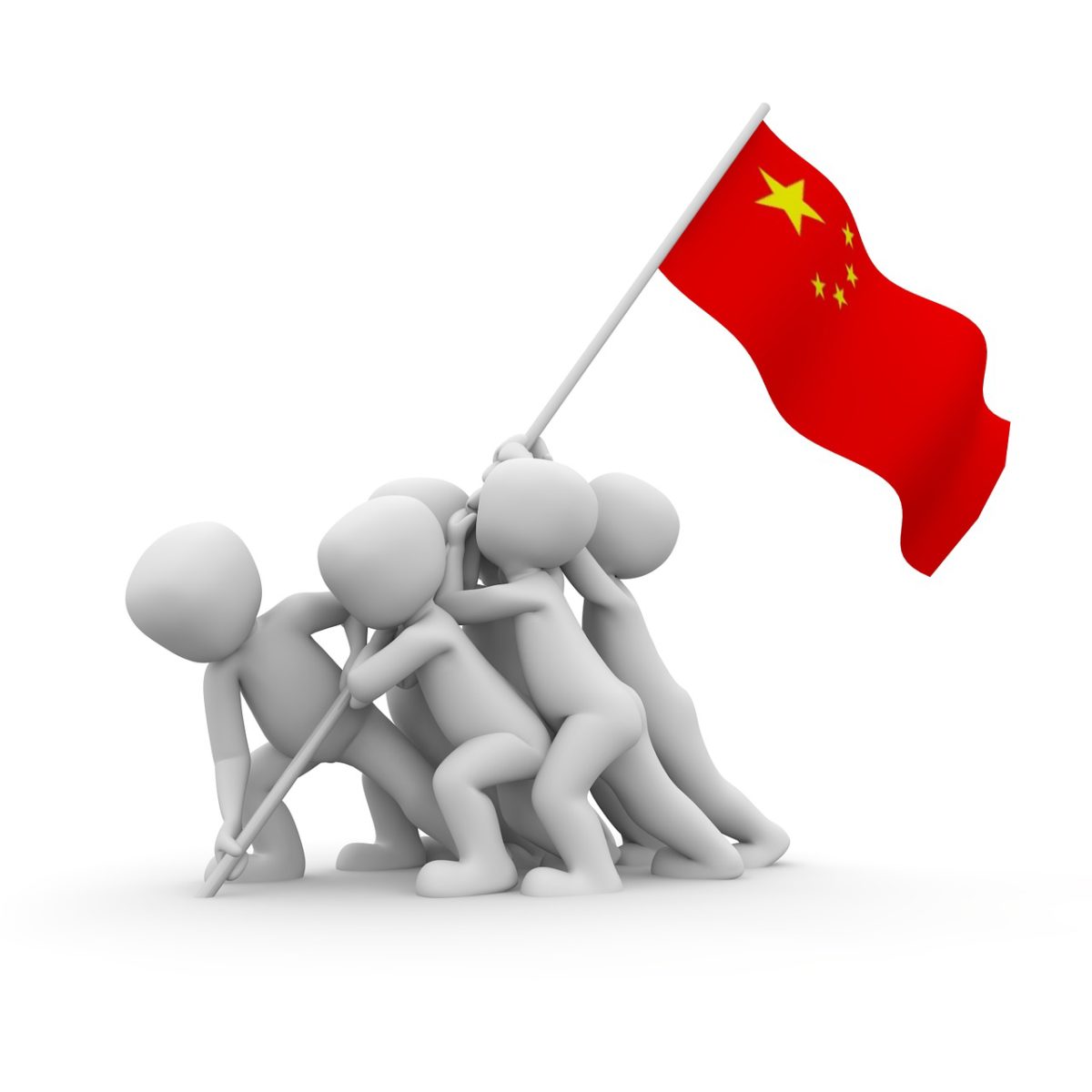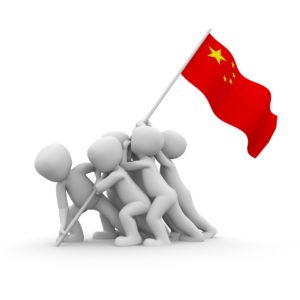

Leadership development in China has never been at a more critical stage as China advances further ahead in the world economy. Development Dimensions International (DDI) implemented a global leadership forecast survey worldwide which asked HR professionals and senior executives what were the most important business priorities for their particular organisation. The worldwide survey is conducted on a biennial basis and more recently has also been conducted for Chinese organisations in Mainland China.
Interestingly, the results from the China survey produced similarities in comparison to the global survey. The China Leadership Forecast study was based on survey responses from more than 1,000 HR professionals and leaders based in Mainland China. Leaders and executives were interviewed from State-Owned Enterprises (SOEs), MNCs and Chinese corporations.
The size of the organisations surveyed were smaller in size than global corporations surveyed around the world. The Global Leadership Forecast surveyed more than 12,200 HR professionals and leaders in nearly 1,500 organisations from around the globe.
Erik Duerring, Director of Consulting for DDI Asia said, “Senior executives worldwide, especially in China, now say their top business priority is improving or leveraging talent with their own company—finding the high-potentials”.
Need to leverage talent
The top priority for Chinese executives is improving and leveraging talent, therefore reflecting a great need for leaders and managers in China’s rapidly growing economy.
Chinese organisations were not looking for new markets, managing new acquisitions or international presence, but they need to have better leaders ‘at the top’.
Need to identify HiPos
In the survey, Chinese respondents rated 21 percent of their leaders’ performance as ‘poor’, therefore further revealing a need to identify high-potentials in Chinese organisations at an early stage, so as to groom them to become capable leaders.
Need for leadership programmes
The survey further revealed that only 28 percent of Human Resources professionals in China thought their company had adequate leadership development programs.
Many of the respondents felt that more leadership development programs were needed and that many of the current leaders were using more passive methods versus the active methods in their management styles. However, they found ’on-the-job’ methods to be more effective for leaders to learn to be better bosses as opposed to passive methods such as reading a management book.
Chinese organisations were also not as likely to align their development programmes with business priorities to the performance management system. However, they were much better at holding their leaders and managers accountable for leadership development—half of the organisations surveyed held senior management accountable. Chinese organisations were also more likely to formally measure the results of leadership development as compared to their global counterparts.
Need for more multinational leadership
Failure to develop multinational leaders appears to be a universal problem. Nearly half of the Chinese multinational leaders described their preparation for assignments as being fine to poor. There is a shortage of Chinese leaders who can work with virtual teams around the world as multinational leaders—i.e., working with different cultures and countries. This might point out the lack of experience that Chinese leaders have in dealing with cross-cultural companies.





